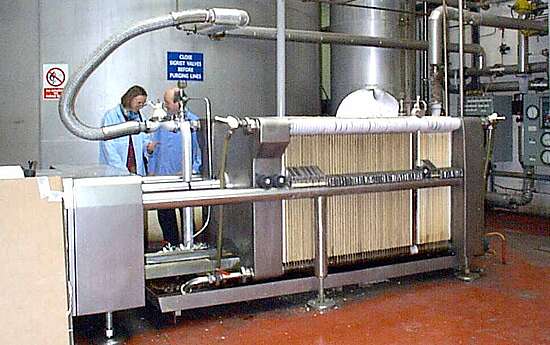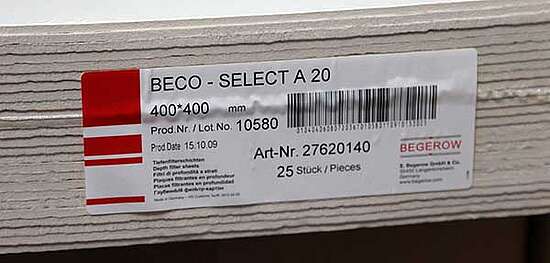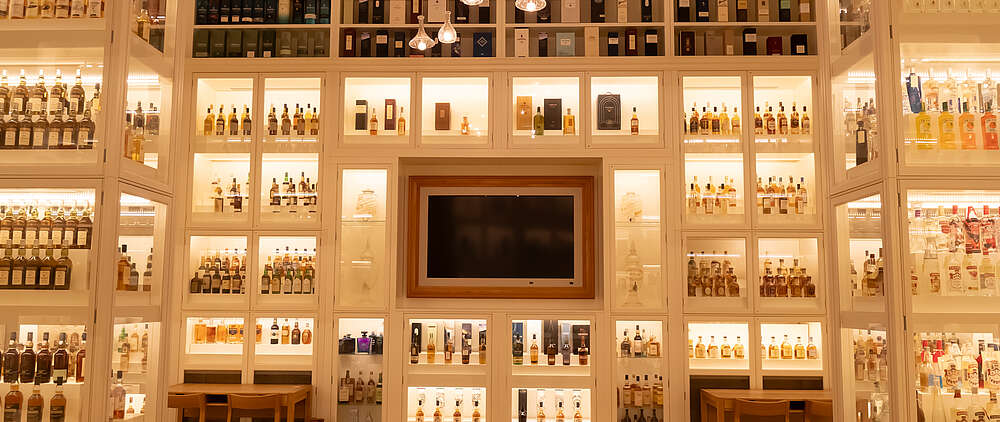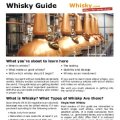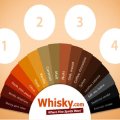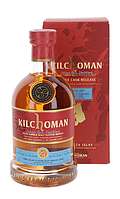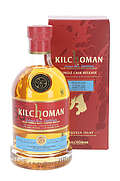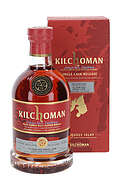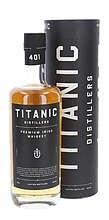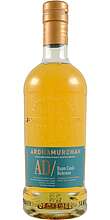Conceptual Formulation
Approximately since the turn of the millennium non chill filtration has been regarded as a special quality feature of Scotch Single Malt Whiskies. The mental association that a natural Single Malt Whisky straight from the cask also provides an authentic taste experience suggests itself easily to consumers.
However, the Scotch Whisky industry has to balance interests. On the one hand, Whiskies must be chill filtered at 0° to 4° C in order to prevent the formation of so-called micelles [3] (compound colloids) when the Whisky is served with ice. If these micelles are not filtered at low temperatures, the Whisky will become cloudy when served on the rocks. Matthew Ferguson Stewart describes this mechanism in [1]. This cloudiness when served on the rocks is of declining importance today, now that more and more connoisseurs enjoy their Single Malt Whisky in a tulip-shaped glass and without ice.
On the other hand, the industry tries to give Single Malt Whisky a classic appearance and filters only coarsely at room temperature. In order to restrict cloudiness at normal room temperature variations, the industry usually bottles these Whiskies at 46% abv, which leads to a better solubility of the lipids, which are predominantly responsible for the formation of the micelles and the resulting haze when the Whisky is cooled down. However, these Whiskies regularly become cloudy to a varying degree when diluted with water, even without cooling.
This study wants to find out whether chill filtration has a significant influence on the taste of Single Malt Whisky. The aim is to investigate whether the advertising approach - the filtered substances are important taste carriers - is realistic or whether this is just an attempt to market Whisky as more authentic and charge extra money when actually a cost-expensive production step is lost.
This study was motivated by Matthew Ferguson Stewart, who in [2] conducted a first study on the influence of chill filtration on the taste, which was statistically not relevant. The blind tasting carried out in [2] had astonishing results. Only 7 out of 16 samples (=44%) were correctly identified as chill filtered. In 13 out of 16 tastings (=72%) the chill filtered samples were rated as better or equally well tasting.
This outcome, which was diametrically opposed to the expectations, prompted the present statistically relevant study. For the study 1,331 samples were sent to 111 customers of the online Whisky retailer The Whisky Store (www.whisky.de) and members of the Whisky community (www.whisky.de/tfg/forum/forum.html) for a blind tasting. The samples were taken from original bottlings of the manufacturers as well as from independent bottlings of well-known companies. They comprised Whiskies matured in ex-Bourbon casks as well as Whiskies matured in ex-Sherry and Wine casks. The selected bottles contained peated as well as unpeated Single Malt Whiskies.
In order to make the comparison of the samples as realistic as possible, only non chill filtered Whiskies were selected and half of the volume of the samples was filtered with a chill filtration system under laboratory conditions at 0° to 4°C. For the best possible simulation of the chill filtration in Scotland, kieselguhr from E. Begerow GmbH & Co. [4] (see manufacturer in photograph 2) was used. This filter material is widely used in Scotland. It was used in a chromatography column (capacity: 0.5 litres) with a PO frit (Glass drip). Instead of using the large industrial filter plates (see photograph 2) the kieselguhr BECOGUR 100 was used in powder form over a cellulose filter.
The Whisky samples were filled into 4cl sample bottles, which were encoded and sent to the participants. Only the participants' preference of peated or unpeated Whisky was taken into account. Beside each sample package, a questionnaire for the participants, one evaluation form for each sample and a return envelope were sent to the participants.

